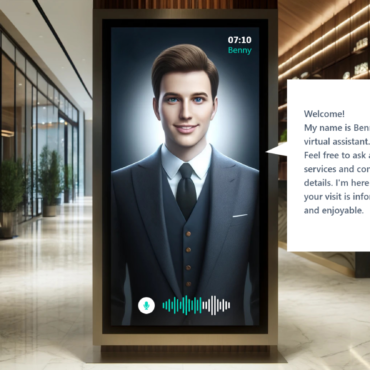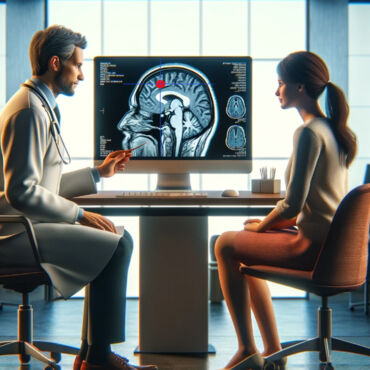Spatial Computing in business: explanation and application examples
Over two decades ago, British software developer and visionary Simon Greenwold coined the term “Spatial Computing.” He defined it as the interaction between humans and machines within a three-dimensional space, arguing that traditional computer interaction was inefficient and unnatural. Greenwold envisioned integrating computers into the real world to enable an immersive and natural user experience.
Today, Spatial Computing is no longer just a vision but a reality, finding applications in various fields, both in everyday life and in the business world.
In this article, we take a closer look at how Spatial Computing is impacting the business sector. We’ll explain what Spatial Computing is, how it works, and the benefits it offers. Additionally, we’ll present examples of its applications to provide an understanding of the possibilities Spatial Computing holds for businesses.
What is Spatial Computing?
Spatial Computing is an emerging technology that merges digital and physical worlds, allowing users to interact with computers in a more seamless and immersive manner. It encompasses a range of technologies that have made significant advancements in recent years, including artificial intelligence (AI), camera sensors, computer vision, the Internet of Things (IoT), Augmented Reality (AR) and Mixed Reality (MR). These advancements open up significant opportunities to improve our ways of working, data analysis, and process optimization. Spatial Computing utilizes multiple technologies to integrate digital information into a spatial context.
Unlike traditional computing, which merges data and logic in two dimensions, Spatial Computing integrates data, logic, and 3D contextualized information to more accurately connect the physical and digital worlds. This is made possible through the use of various data sources such as IoT sensors, 3D models, and advanced analytics, as well as 3D location data enabled by computer vision, volumetric cameras, and similar technologies.
Microsoft HoloLens, Apple Vision Pro, Meta Quest 3, and Microsoft Azure Kinect
Spatial Computing employs a variety of devices and hardware components to provide an immersive and interactive experience. Among the most well-known devices are smart glasses like the Microsoft HoloLens 2, Apple Vision Pro, and Meta Quest 3, which can serve as an interface between us and the digital world. These glasses allow us to see and interact with virtual objects in our real environment.
Other technologies for Spatial Computing include depth cameras like the Microsoft Azure Kinect and Intel RealSense D400 series. These cameras capture the depth of the real world, enabling devices to seamlessly integrate virtual objects into the real world. Combining smart glasses and depth cameras allows us to see and interact with digital content within our physical surroundings.
The Technologies behind Spatial Computing
Spatial Computing is supported by a variety of innovative technologies. Below, we explore some of these key technologies and how they work together to realize the potential of Spatial Computing.
Edge Computing: This technology involves processing data at the point of origin rather than sending it to a central data center. In the context of Spatial Computing, Edge Computing allows for faster processing and analysis of spatial data right where it is collected, leading to improved real-time responses and efficiency.
Computer Vision: This technology plays a crucial role in Spatial Computing by enabling the interpretation and understanding of image and video content, not just capturing images.
Sensors and Sensor Fusion: In Spatial Computing, a machine combines sensory data from various sensors, such as cameras or GPS, using sensor fusion technologies. This combination and integration of different sensor data allow the system to gain a more comprehensive understanding of the environment and make more precise analyses and decisions.
Internet of Things (IoT): In the context of Spatial Computing, IoT utilizes a network of physical devices to collect and analyze spatial data, thereby enhancing our understanding of the physical environment and improving human experiences.
Machine Learning (ML): This technology is an integral part of Spatial Computing, enabling a system to collect and analyze spatial data to identify patterns and automate processes.
Digital Twin: This technology allows machines to create accurate digital representations of real environments in the form of point clouds using data captured by cameras or sensors. A Digital Twin serves as a virtual copy or representation of a physical entity or environment, enabling a variety of applications in areas such as simulation, analysis, and optimization.
Applications of Spatial Computing
Spatial Computing technology enables machines to collect information about physical spaces and gather data on the behavior and movements of people in the real world. This data can be used to optimize and automate human processes. For example, Spatial Computing allows machines and automation systems to have an enhanced perception of their dynamic environment. Companies can use Spatial Computing to get a complete picture of movements within a space in real-time or over a specific period.
See some application examples:
Logistics and Supply Chain Optimization: Companies use Spatial Computing-technologies to improve the flow of goods and materials in their supply chains. By integrating location data, sensors, and real-time analytics, they can track shipments, optimize routes, and efficiently manage inventory.
Location-based Marketing: Retailers and marketing companies use Spatial Computing to create location-based advertising and personalized offers. By analyzing customer movements and behaviors in physical stores, they can target promotions to specific demographics.
Smart Buildings and Facility Management: Spatial Computing is used to create smart buildings that automatically optimize resources such as lighting, heating, and air conditioning. Integrating sensors and data analytics allows companies to improve energy efficiency, reduce operational costs, and enhance the work environment for employees.
Augmented Reality in Manufacturing: In the manufacturing industry, Spatial Computing is used to implement Augmented Reality (AR) in production processes. Employees can use AR glasses to receive digital instructions and visual aids in real-time, leading to improved efficiency, error reduction, and training opportunities. For example, Microsoft offers AR Guides to their customers to increase productivity, solve problems, or maximize efficiency.
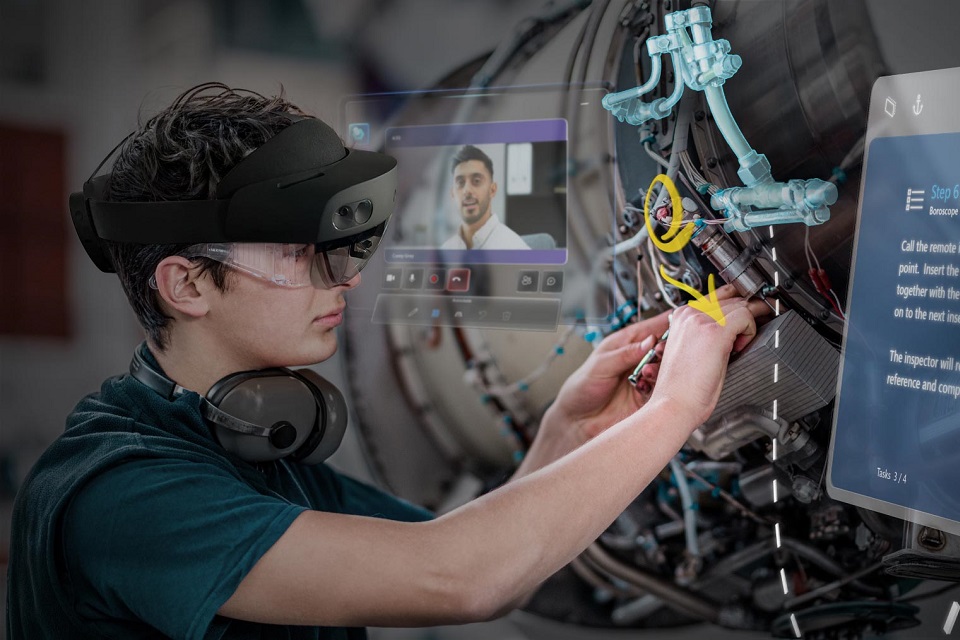
Urban and Spatial Planning: Cities and municipalities use Spatial Computing to plan and optimize urban spaces. Analyzing traffic flows, demographic data, and urban infrastructures, they can make informed decisions to improve quality of life, address traffic issues, and promote sustainable development.
Healthcare: In surgery, Spatial Computing enables doctors and medical staff to plan complex operations in advance by presenting patient data like MRIs as 3D data in real space. Integrating imaging technologies like MRI and CT scans allows surgeons to visualize anatomical structures in detail and identify potential challenges or risks before the actual procedure. This leads to more precise planning and execution of surgeries, thereby improving success rates and reducing complications.
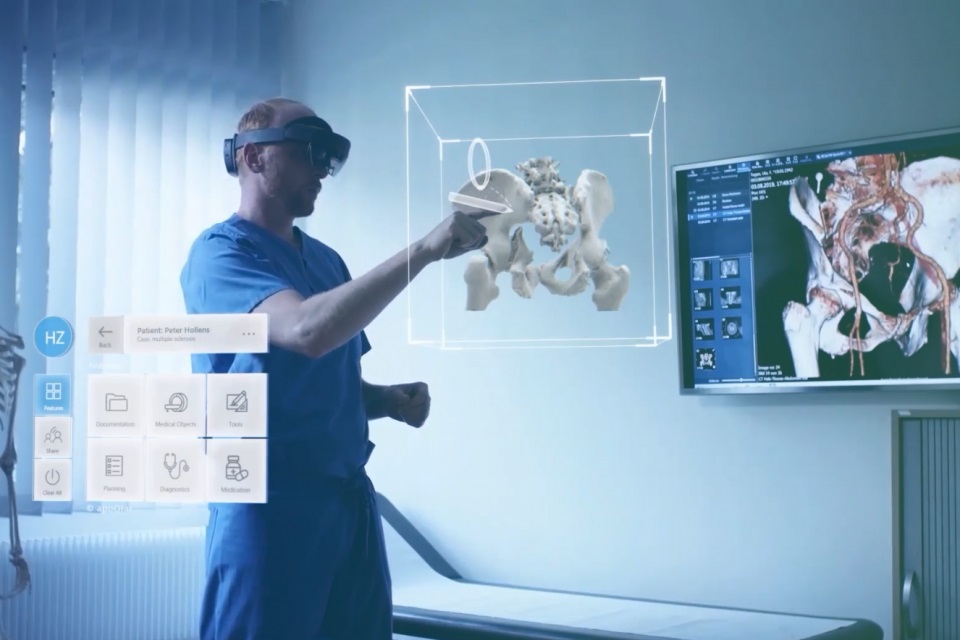
Read More about how we helped a Mixed reality company to transform medical images, clinical workflows, and medical education into a cutting-edge 3D mixed reality environment: Link
Productivity Enhancement: Spatial Computing is helping with the workplace productivity by enabling more intuitive and efficient interactions with digital information. The recently released Apple Vision Pro exemplifies this transformation by allowing users to manipulate virtual 3D workspaces within their physical environment using eye and hand gestures. This hands-free approach not only streamlines tasks but also maintains a connection with the real-world, reducing the reliance on traditional hardware and fostering a more dynamic and adaptable work setting.
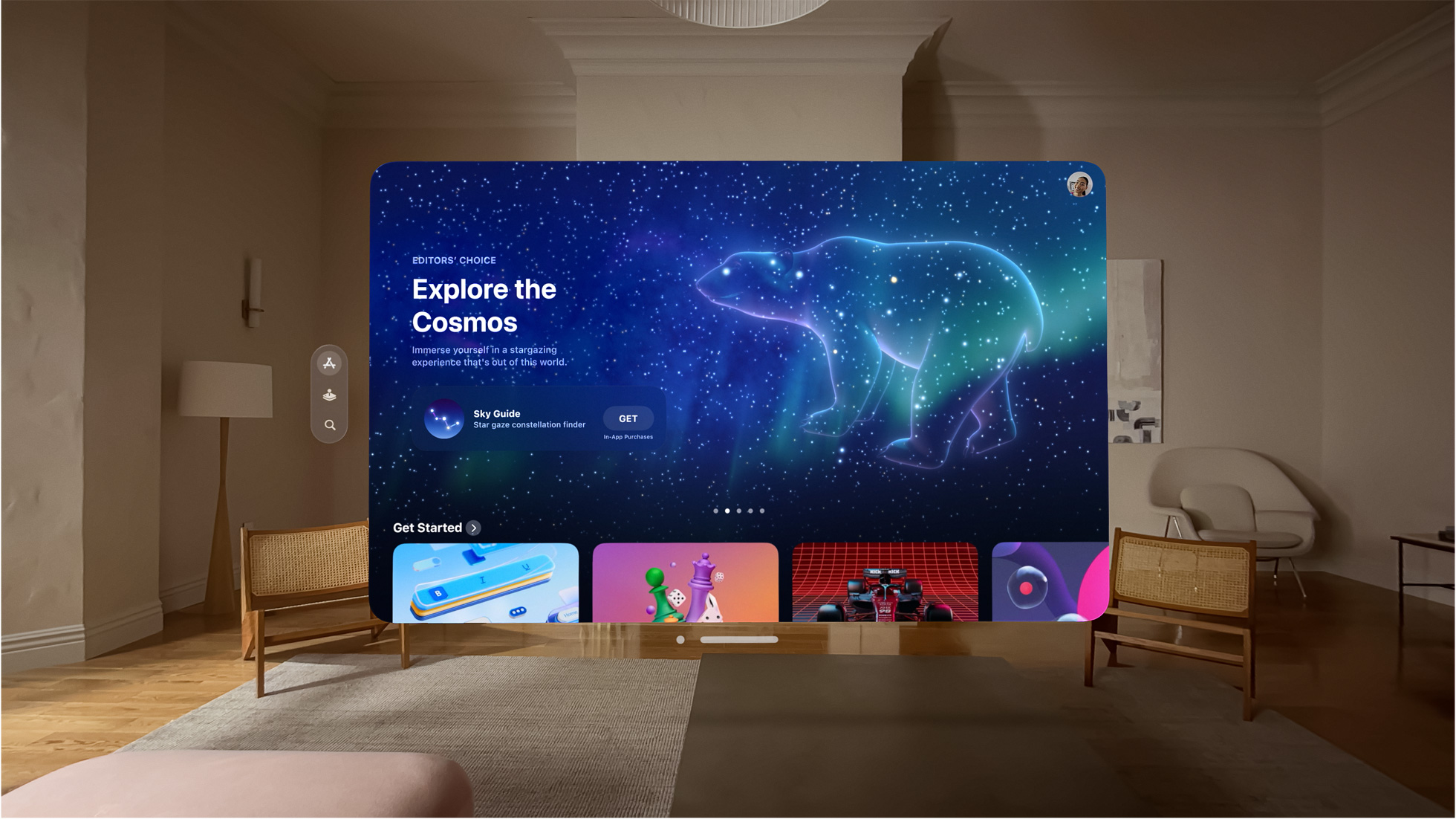
Interior Design: The integration of Spatial Computing in interior design offers new possibilities for visualizing and planning spaces. Technologies like augmented reality enable users to project virtual representations of furniture and decor into their actual environments, facilitating a more informed and creative design process. This approach allows for a realistic preview of design choices in real contexts, enhancing the ability to assess aesthetics, function, and spatial compatibility without the need for physical prototypes. A notable example of this in practice is IKEA’s application, IKEA Place, which allows users to visualize how IKEA’s furniture would fit and look in their own spaces, illustrating the practical application of Spatial Computing in enhancing interior design.
The examples provided demonstrate the extensive range of applications for Spatial Computing, extending far beyond the areas highlighted. From logistics and retail to healthcare and education, Spatial Computing opens up new possibilities for integrating digital and physical data. Businesses and organizations can leverage this technology to refine their workflows, enhance efficiency, and develop innovative solutions.
Explore the possibilities of Spatial Computing for your business
Despite the impressive benefits, Spatial Computing faces challenges such as integration into existing IT infrastructures, privacy concerns, and the need for high computational power. Companies address these challenges by adopting modular software architectures, investing in privacy measures, and utilizing Edge Computing to minimize latency and ensure a seamless user experience.
For businesses interested in exploring the possibilities of Spatial Computing, we offer specialized consulting services and customized solutions. Our team of experts is here to understand your unique requirements and assist you in implementing innovative projects that benefit from this technology. Contact us to learn more about how Spatial Computing can advance your business.




